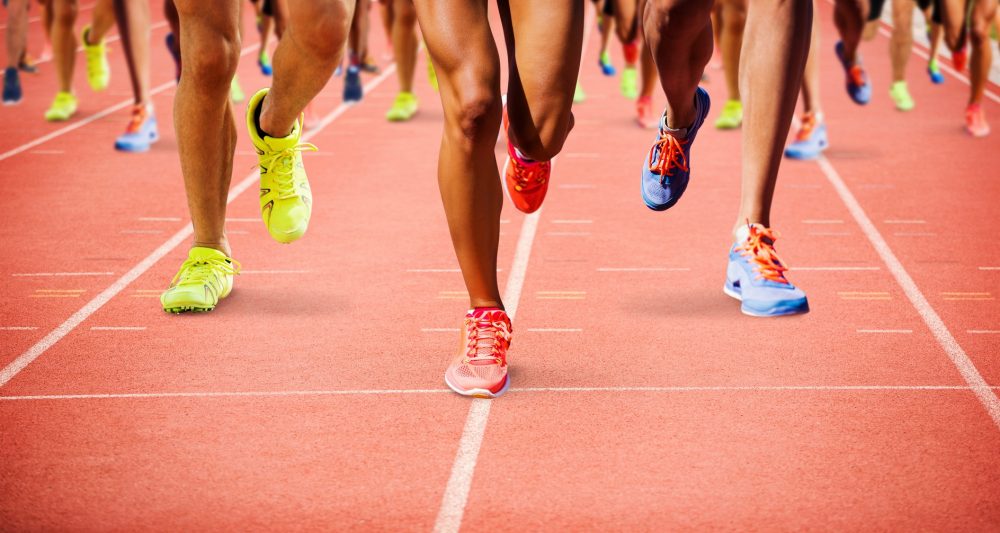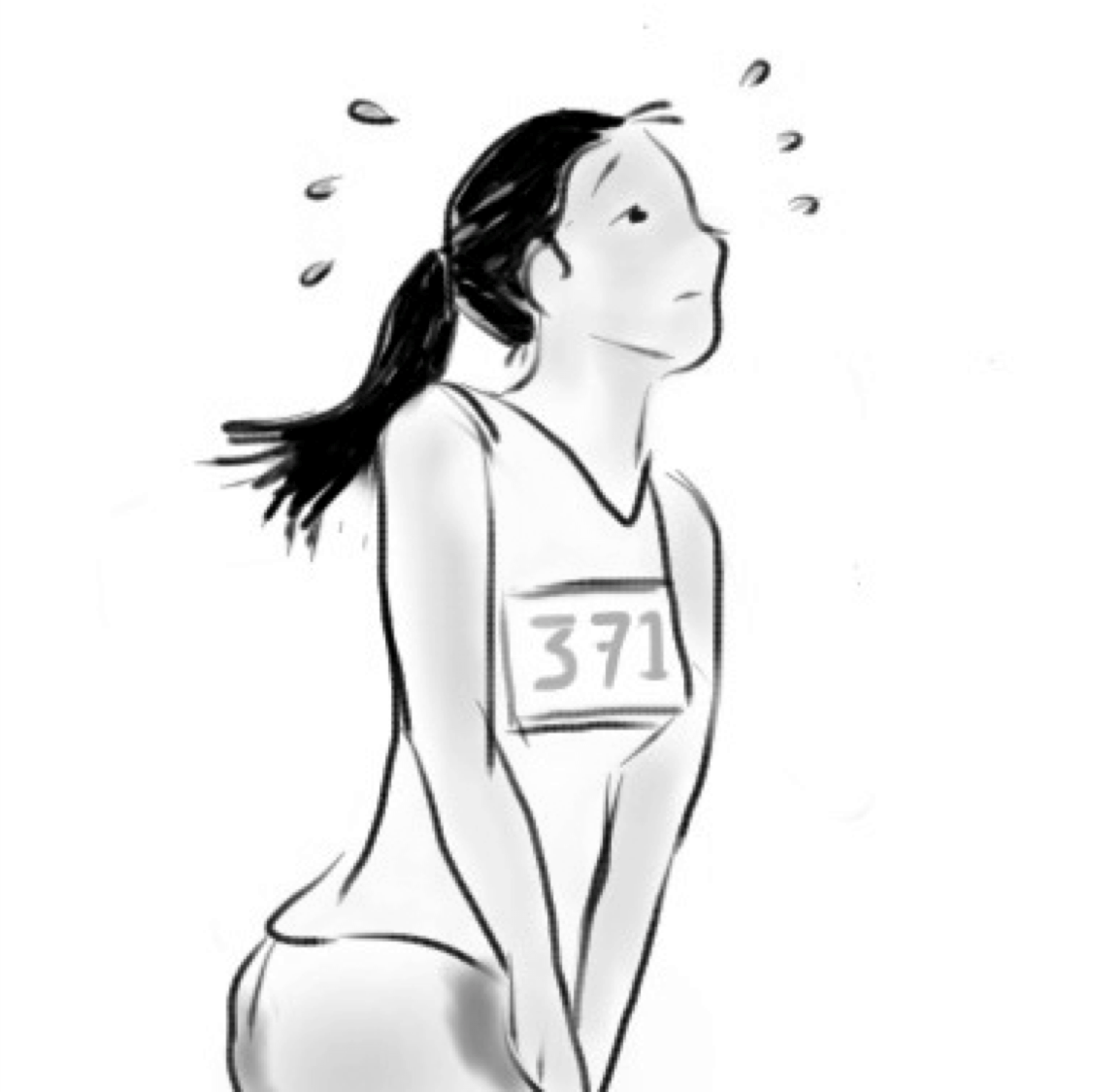Let´s get real and take out of the closet the topic of urine leakage in women’s sport. Recently, wikipedia has introduce a new term to describe exercise-induced urinary incontinence, called Athletic Incontinence. It´s the specific form of stress urinary incontinence stress urinary incontinence that results from engaging in high-impact or strenuous activities. Generally, it is thought to be the consequence of a decreased support system of the pelvic floor due to increased intra-abdominal pressure during high-impact exercise. It has become a condition too common in female athletes. It represents a huge problem related to the quality of life of sufferers, but at the same time it´s socially invisible. Meanwhile, different types of incontinence effect a large proportion of american women and the prevalence is much higher for female exercisers of all ages!
If statistics state the problem, why we don´t talk about it?
There is a huge taboo around the topic so it´s still under-reported. One of the most common problems that female athletes face, during and after their sport career, is stress urinary incontinence. Unfortunaltely, the topic is rarely discussed by an athlete’s healthcare provider. Behind exercise-induced urinary leakage are hidden several consequences such as cultural taboos, embarrasment, lower self-steem, early sport drop or other related lumbo-pelvic issues. Is a threat to an athletes health and well-being since it may limit their participation in athletic activities. Enterprises, concious about the problem , sell the solution in the form of “female exercise pads”. Sounds like a bad joke, but at the same time, they may be the only people aware of this secret.
Why athletic incontinence is so common?
A literature review about this topic (Goldstick & Constantini, 2014) states that the prevalance ranges from 28 to 80%, with the highest prevalence in high-impact sportswomen such as trampolinists, gymnasts, aerobic gymnasts, hockey players and ballet dancers. Leakage is due to a failure of the pelvic floor system that is unable to overcome the increase of intra-abdominal pressure which occurs regularly during high-impact activities such as jumping, landing, running. Strenuous exercise may overload and weaken the pelvic floor muscles. There are several risk factors associated with this condition, notably pregnancy and childbirth. However, studies have shown about 25-30% of stress urinary incontinence occurs in young athletes with no obstetric past. These numbers are even higher in activities and sports that significantly increase intra-abdominal pressure such as the trampoline whereby athletes have the highest incidence (80%) of urinary loss (Eliasson, Larsson & Mattsson, 2002).
What other problems are related?
Recent studies confirm a relationship between low back pain and urinary incontinence. The highest prevalence of athletic incontinence, as mentioned before, has been shown in high-impact sports like gymnastics. This sport includes activities such as jumping, landing, and running which can also cause compression to the lumbar spine and result in nerve inflammation.
Eating disorders were also associated with higher prevalence of stress urinary incontinence. The lack of proper nutrition, hormonal changes, muscle weakness, and vomiting are possible causes that influence negatively the structural pelvic system.
How to prevent or treat it?
Just doing simple pelvic floor prevention exercises can help women stay dry. Pelvic floor muscle exercises should be the first-line of treatment and incorporated regularly into exercise and sport training programs.
Joinning a regular exercise program based on Low Pressure Fitness is the preferred method for pelvic and abdominal training for thousands of women around the world. In additon, this method has no side-effects and doesn´t need equipment. Low Pressure Fitness has demostrated to be an effective tool to decrease leakage symptoms in a randomized controlled trial done by Rial (2015). The satisfaction of practitioners is complete as shown in the following testimony of a female Spanish marathoner who experienced exercise urinary leakage:
“As an athlete I must say that Low Pressure Fitness for me has been a great benefit to my health, both in terms of improving my quality of life, sport and emotional. I am 37 years old and love my job, as a physical trainer …. and in my free time I am a marathon runner. I run half marathons and races that goes from 40miles to 62miles. I have spent almost seven years running, and the small losses of urine will appeared in the fourth year. The loss starts in the first miles, where I feel like 4 drops fall and it´s very uncomfortable. Since I started doing Low Pressure Fitness every morning these small daily losses have disappeared. The Low Pressure Fitness for me have been my best medicine, I practice them every morning and then I repeat in the afternoon. Thank you to all the people who are researching low pressure fitness!”
Anna
Madrid, Spain

